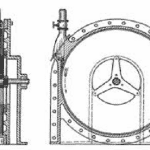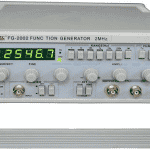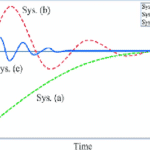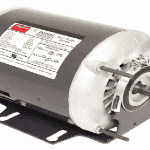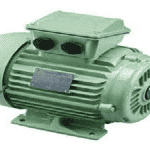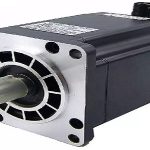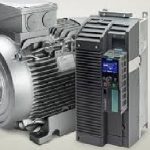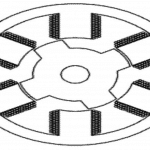Initially, a steam turbine is a kind of device which is available in the form of a heat engine. This turbine receives most of its development in the thermodynamic efficiency by using various levels in the steam expansion that outcomes in a similar approach like reversible expansion procedure. This is the very basic principle of the turbine. The first device that was originated in the classifications of turbines is a steam turbine which is very compact like … [Read more...]
What is Function Generator : Block Diagram & Its Applications
A function generator is one of the most useful devices in the electronic domain. In modern-day, electrical terminology, troubleshooting is the most important concept and the under analysis needs multiple controllable signals to simulate the normal functionality. This requirement is easily resolved by a function generator where they can provide various kinds of signals. The first function generator was designed by Robert Brunner where is a minimal … [Read more...]
What is Damping Ratio : Formula & Its Derivation
It has been observed from the past twenty years that there happened many earthquakes all over the world which resulted in several fatalities and damages. These losses were because of the seismic excitation and resulted in both non-structural and structural catastrophes. So, it is important to enhance the seismic performance of the constructional structures. This can be done by implementing passive energy-dissipation and this provides improvised solutions … [Read more...]
What is Split Phase Induction Motor : Working & Its Applications
The development of induction motors took place by a French scientist named Francois. He was the person who formulated the presence of revolving magnetic fields which are called Arago’s rotations and this happened in the year 1824. Whereas during the period 1879, Walter Bailey exhibited the same principle through manually switching ON and OFF which is successfully called the initial primitive induction motor. And the first single-phase AC type of induction … [Read more...]
What is a Permanent Magnet Synchronous Motor & Its Working
The creation of a synchronous motor took place in the year 1869 which was almost two decades back before the discovery of the induction motor. In the early stages of the 20th century, the development of induction motor happened, and its application was extensively developed. Whereas the reach of the synchronous motor was not more till the early period of the 1920s. Nearly, 5 years were needed to progress the necessary initial ability by interaction with … [Read more...]
What is Conveyor System : Types & Its Working
Before knowing the detailed description and working of the conveyor system let us see know its history and how the device development happened. The initial and fundamental conveyor belt invention took place in the 19th century. While in the period 1892, Thomas Robins invented a conveyor belt that was mainly employed for carrying ore, coal-related materials. In the period 1908, Hymel Goddard first acquired rights on roller conveyors, and in 1913, Henry Ford … [Read more...]
What is a Water Pump : Types & Their Working
In before the discovery of internal combustion engines, these water pumps were invented. At that time itself, the water pumps were utilized for multiple purposes, while the quick forerunner of the contemporary water pump was implemented for the purpose of water circulation in steam engines. As there are few drawbacks in the internal combustion engines such as more water necessity, water pumps are more preferred as they have minimal water loss. So, this is … [Read more...]
What is Variable Reluctance Stepper Motor : Construction & Its Applications
A variable reluctance stepper motor is electromechanical energy which converts electrical energy to mechanical energy. The main difference between the stepper motor and other DC motors is in stepper motors the motion of the rotor is achieved in steps. Stepper motor also works on DC supply but the principle of operation is not Lorentz force law. It works on the principle of reluctance. That is, the magnetic flux always tries to follow in the least … [Read more...]
What is Synchronous Reluctance Motor : Working & Its Applications
Synchronous reluctance motor is an electromechanical energy conversion device that converts electrical energy to mechanical energy. Unlike DC motor which works on Lorentz force law, synchronous reluctance motor works on the variable reluctance principle. The main characteristic of this motor is, it runs at synchronous speed. Due to magnetic locking, it follows the synchronous speed of the rotating magnetic field which is formed at stator poles. Due to … [Read more...]
What is Switched Reluctance Motor : Construction & Its Applications
Switched reluctance motor is an electromechanical energy conversion device, which converts electrical energy to mechanical energy. As compared to DC motor where energy conversion takes place due to Lorentz Force Law, in switched reluctance motor the energy conversion takes place due to principles of variable reluctance. Reluctance is defined as the opposition to flow to the magnetic field. Its electrical equivalent is the resistance which opposes the flow … [Read more...]
